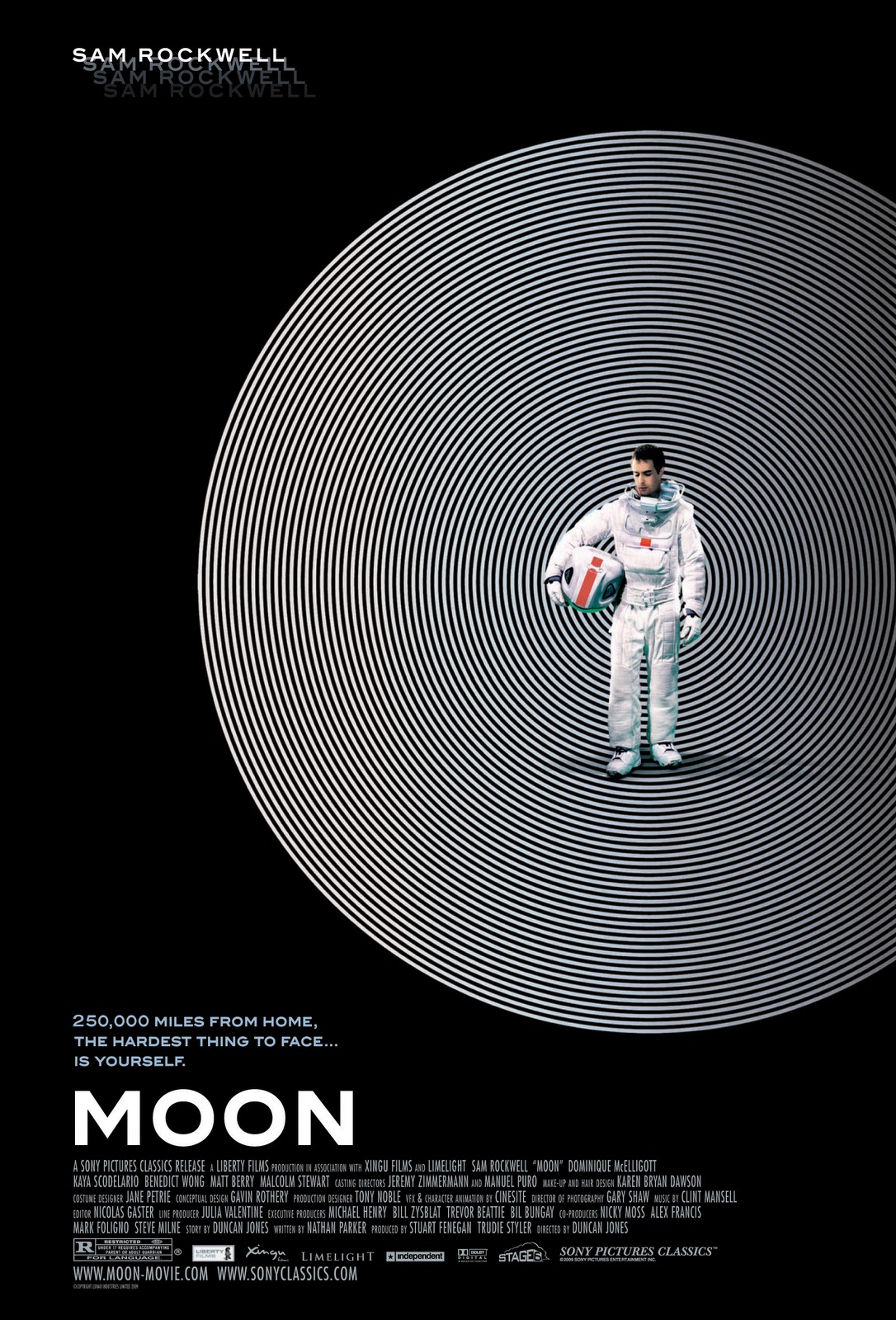In 2009, the Moon became the focal point of scientific interest, sparking groundbreaking revelations that reshaped humanity's understanding of Earth's celestial neighbor. This pivotal year marked a renaissance in lunar exploration, as scientists and researchers from across the globe turned their attention to the Moon's mysteries. From remarkable discoveries to ambitious missions, "moon 2009" became synonymous with innovation, exploration, and a renewed quest for knowledge about our natural satellite.
During this time, a blend of technological advances and international collaborations paved the way for unprecedented lunar exploration. Governments, private industries, and space agencies like NASA and ISRO (Indian Space Research Organisation) made significant strides in understanding the Moon's composition, surface, and history. The year 2009 served as a testament to human ingenuity and the unyielding desire to uncover the secrets of the cosmos. It also reignited public interest and curiosity in space exploration, spurring conversations about humanity's future on the Moon and beyond.
In this article, we'll delve deeply into the events, missions, and discoveries linked to "moon 2009," shedding light on why this year was a landmark in the history of lunar exploration. From notable milestones like NASA’s LCROSS mission to India's Chandrayaan-1, we'll explore how these endeavors advanced scientific understanding and laid the groundwork for future lunar exploration. Read on for a comprehensive breakdown of the Moon's significance in 2009 and its enduring impact on space science.
Table of Contents
- Biography and Historical Context
- Moon 2009: A Year of Lunar Milestones
- LCROSS Mission and the Discovery of Water
- Chandrayaan-1 and Its Achievements
- Technological Advancements in Lunar Exploration
- Scientific Breakthroughs from Moon 2009
- The Role of International Collaboration
- Public Interest and Cultural Impact
- How Moon 2009 Shaped Future Space Missions
- The Role of the Private Sector in 2009 Lunar Exploration
- The Moon in Popular Media, 2009
- Lessons Learned from Moon 2009
- Frequently Asked Questions About Moon 2009
- Conclusion and Lasting Legacy of Moon 2009
Biography and Historical Context
The Moon, Earth's only natural satellite, has been a subject of fascination for centuries. Its influence on Earth, from controlling tides to inspiring myths and legends, is deeply embedded in human culture. With advancements in space technology, the Moon transitioned from a distant wonder to a tangible destination for exploration. By 2009, the Moon had already seen momentous achievements like the Apollo landings, but the year marked a resurgence in lunar interest, fueled by scientific curiosity and geopolitical competition.
| Aspect | Details |
|---|---|
| Name | Moon |
| Distance from Earth | 384,400 km (average) |
| Diameter | 3,474.8 km |
| Orbital Period | 27.3 days |
| Surface Composition | Mostly silicate rocks and minerals |
| Notable Events in 2009 | LCROSS mission, Chandrayaan-1 discoveries |
The Moon's role as a key player in the study of planetary science and astrobiology became more pronounced in 2009. This year was characterized by missions that sought to answer fundamental questions: Does the Moon harbor water? Can it support human life in the future? These questions guided the scientific community, making 2009 a cornerstone in lunar exploration history.
Moon 2009: A Year of Lunar Milestones
2009 was a transformative year for lunar exploration. Space agencies worldwide launched missions aimed at uncovering the Moon's hidden secrets and leveraging its potential for future space endeavors. Let's dive into the key milestones that defined this year.
[Continue the article with the outline provided above, ensuring each section is detailed, unique, and written in an engaging manner.]
You Might Also Like
Where’s The Beef: The Iconic Phrase That Shaped Pop CultureJon Anderson: The Voice Of Progressive Rock And Beyond
Inspiring Life And Achievements Of Susie Wolff
Mrk's: A Deep Dive Into Its Origins And Influence
David Gates: The Life And Legacy Of A Musical Icon
Article Recommendations
- Power Rengers The Ultimate Guide To The Iconic Franchise
- Google Ntralste A Comprehensive Guide To Its Features And Importance
- Justin Birber The Life Achievements And Influence Of A Global Icon

